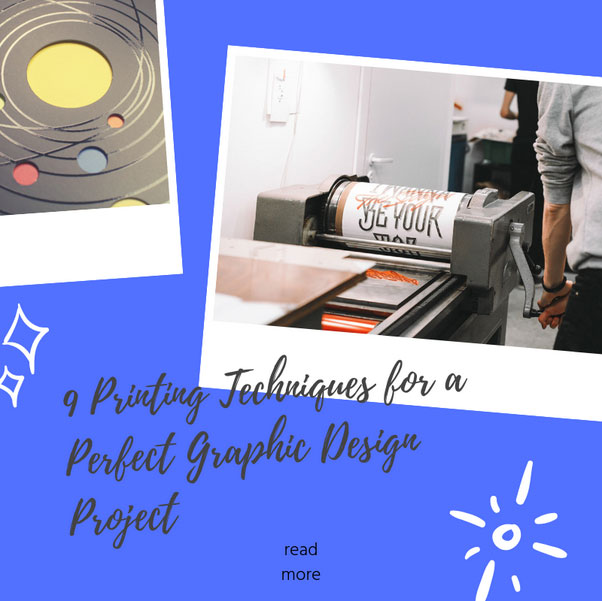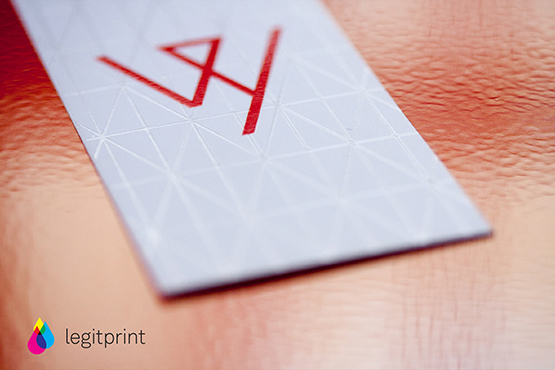9 Printing Techniques For A Perfect Graphic Design Project

Featured Image: iStock/jossdim
For every designer, it is significant to know both old and new printing techniques. Without extensive knowledge about it, it’s impossible to devise something unique and unusual in graphic design. That’s why if you want to design high-quality artworks, you should use the right printing method.
We share with you some of the most popular printing techniques that all graphic designers should be aware of today. It will not merely aid you to improve your skills but equally inspire a successful project beginning from design conception and ending with the final printed product.
If you think that developing an exceptional design is enough for a project to succeed, you are mistaken. Pioneering the appropriate printing method is of substantial importance too. Furthermore, your clients will be more than satisfied as you will be able to resolve all their questions concerning everything about the printing process, the costs and limitations.
Therefore, refer to our article further and find out common printing techniques for a perfect graphic design project.
1. Screen Printing
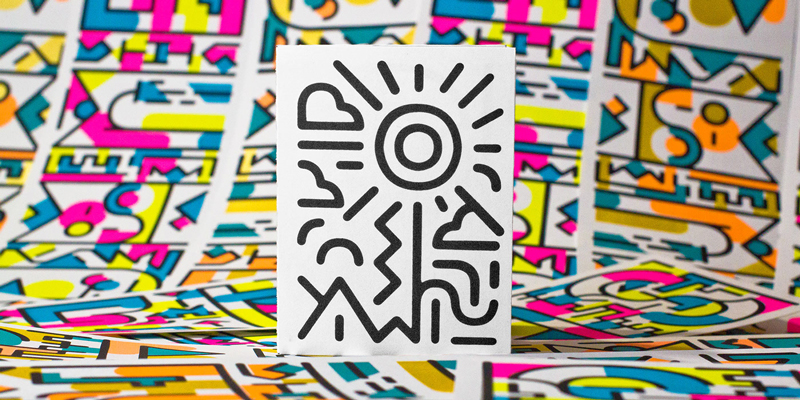
Image Source: behance/Thibault Magni
Screen printing is considered to be a short-run printing technique. Currently, it is frequently employed by many artists for designing various posters, T-shirts, art prints, and record covers. As for the cost of creating this printing technique, a screen printing kit and ink is comparatively cheap. Furthermore, it is not challenging to grasp it and then use it in alternative ways, as screen printing is an incredibly flexible technique.
Printing Logos
Publishing Company Logos
Communication Company Logos
Advertising Firm Logos
Thanks to the contemporary innovations in screen printing, now you can produce more significant runs and retain a more superior quality of the line and print than previously. As usual, the material of the screen is fine fabric like plastic, silk, or metal fibers and threads.It is then spread over a frame, either aluminum or wooden.
2. Embossing And Debossing
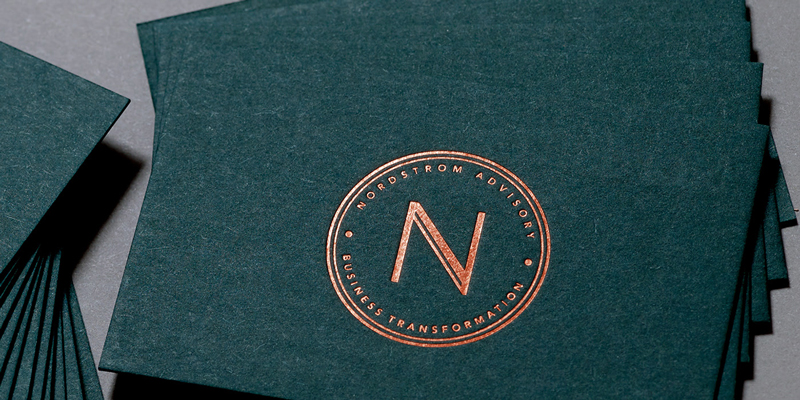
Image Source: behance/Sunny at Sea
In general,embossing and debossing experience a lot in common and are remarkably similar printing techniques. The sole difference between them lies in the finish: embossing creates a raised impression while debossing – a depressed one. This impression is conveyed on paper by exerting pressure between a metal plate mounted in the press and a counter.
While developing the design for these printing techniques, do not forget such a mechanical process will change the paper and at the same time, the design itself.
Be sure that there is enough space between the letters because these techniques can coalesce them.
3. Letterpress Printing
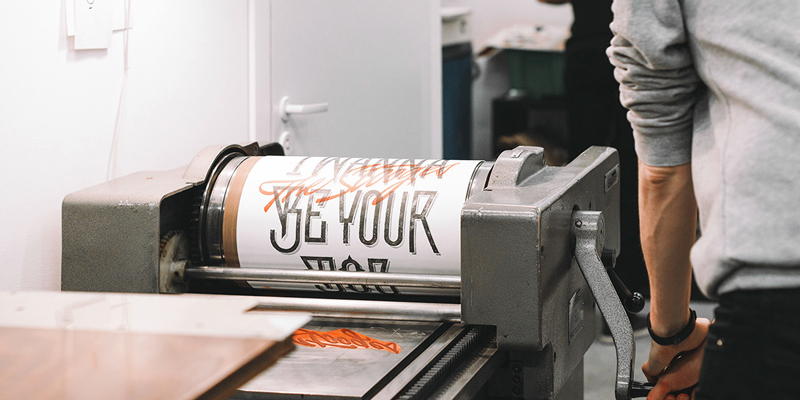
Image Source: behance/Hardcore Studio & Yury Veselov
Letterpress is the oldest printing method that dates back to the 15th century. A letterpress printing technique is difficult in comparison with other technologies as it requires much work. But all your efforts will be rewarding because letterpress prints look amazing on paper. The main complexity of this method is the necessity of arranging letters before they become stamped.
The first thing you should do is to think of a design and choose the most suitable typeface. After that, you need to arrange and proofread the type before printing. Subsequently, place it in a metal frame. And finally, choose the color and size of the print.
However, why does letterpress printing remain immensely popular nowadays? The reason is it gives artworks and projects a unique, antique, and vintage hint.
4. Varnish

Image Source: behance/Joseph Veazey
The varnish is very similar to coating, though it is more liquid. There are many reasons why choosing varnish is better compared to other printing techniques. Foremost, it generates impressive visual effects. There is an excellent variety of varnishes with different finishes the most common being;
- Gloss varnish
- Satin or silk varnish
- Matte varnish
- Ultraviolet (UV) varnishing
- Spot UV varnish
- All-over UV varnish
Secondly, it is time-saving. And finally, varnishing is generally, economical.
The only disadvantage of this printing technique is its preservation. Compared to coating, varnish possesses a lower degree of protection, often tend to yellow after some time, and it requires more time to dry.
5. Silk Lamination
The main benefit of silk lamination is that it is weather, water and tear resistant. The finish of this kind of printing technique is wonderfully soft and silk-like. Like in common business cards, letters are printed in full-color. They produce a unique texture that makes the artwork durable.
Lamination can be either a liquid or film which offers the whole picture a sheen, glossy, dull, satin, or muted effect. Like traditional lamination, silk lamination prevents different card stocks ( flyers, visiting cards, and postcards) from being creased, damaged, or shabby.
Silk lamination remains an ideal option for business owners as they both look gorgeous and are long-lasting. Consequently, it will positively influence their customers, and they will value it. Quality is a crucial aspect of in business.
6. Offset lithography
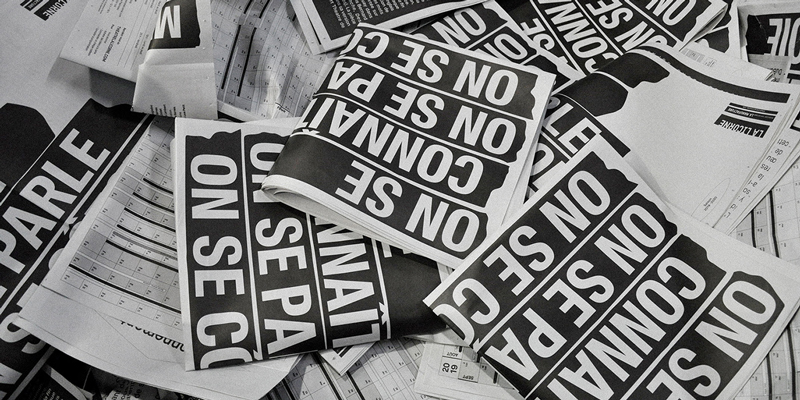
Image Source: behance/Yann Carriere , Edith M & Polygraphe Studio
Offset lithography is a planographic process which utilizes a property such that water does not mix with oil. The areas for printing are either oleophilic or ink accepting.
It is considered to be the most common printing technique for print materials of mass production like books or brochures. In this method, metal plates with rubber blankets are used for transferring the print to paper.
Offset lithography can be implemented for print runs of independent runs: short, medium, or long. As for web offset printing, it is the fastest type of printing and is traditionally used when people need to publish high-volume printings, for example, magazines or newspapers.
7. Thermography
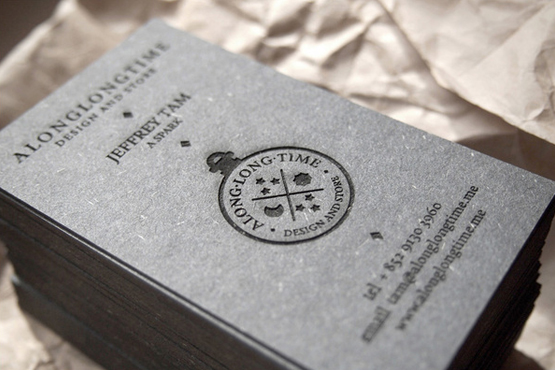
Image Source: behance/solopress.com
Thermographic Printing is a cheaper printing technique in comparison to engraving, embossing, and debossing. Designers widely employ it for bestowing prestige to printed pieces.
The process is as follows: you mix a special powder with the ink which you want to use on your paper. After that, you heat it, and it produces raised printing after drying.
As usual, this printing technique is used for designing business cards and other business stationery. Some people also prefer it for their report covers, greeting cards, wedding invitations, and other printed pieces. If you want to acquire a unique printed item, you can employ various colors of powder. For instance, not only dark or white but also copper, gold, silver, and even glow-in-the-dark.
8. Foil Printing
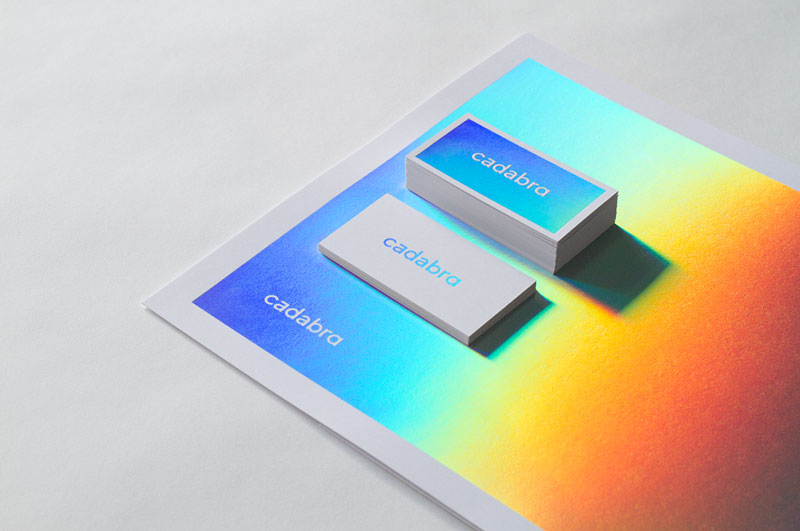
Image Source: behance/byHAUS studio & Vincent Raineri
Foil printing is a particular application of gold or silver pigment foil (in most cases) for inspiring radiant and innovative designs. Gold and silver colors are used because it is impossible to establish such an effect with other customary colors.
During a heating process, the foil is fastened to the surface and commonly requires outlined fonts and vector graphics.
9. Die Cut
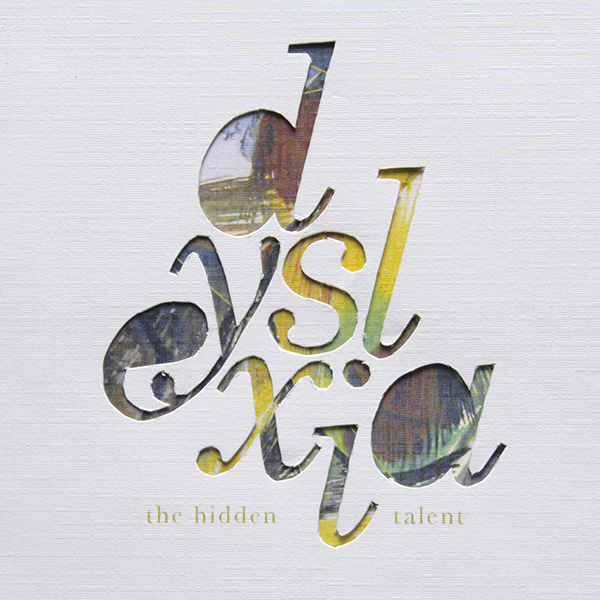
Image Source: behance/Brian Kinnett
Die-cut lies in cutting irregular shapes in paper or paperboard with the help of a die. In printing, there is a vast variety of die usage. You can utilize it not only to cut something but also to stamp and score, as well as for embossing and debossing.
Usually, die is a custom piece. However, check whether your printer contains any standard dies because you can reduce the cost of printing a signature piece if it is already present.
Conclusion
Taking everything into consideration, it is essential to possess an unrivalled knowledge of printing techniques for designers if they want to create a perfect graphic design project. It shows their expertise and competence, and clients often choose professional designers.
